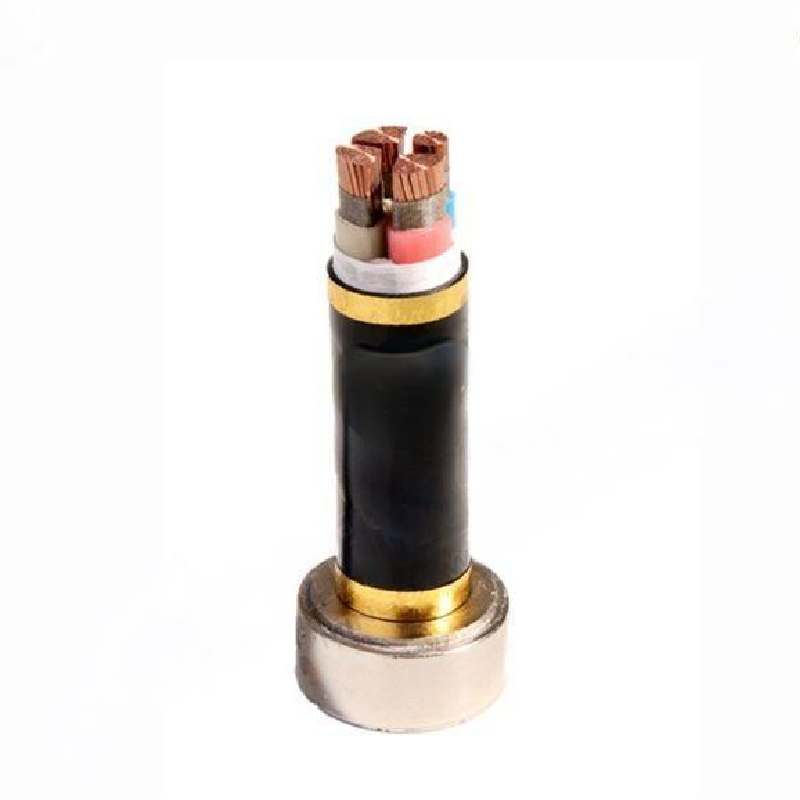Dec . 17, 2024 20:48 Back to list
pipe dismantling joint
Understanding Pipe Dismantling Joints A Comprehensive Guide
In the field of plumbing and pipe systems, the integrity and maintenance of piping infrastructure are paramount. Among the myriad components that facilitate this are dismantling joints, an essential yet often overlooked part of piping systems. This article aims to provide a comprehensive overview of dismantling joints, their purposes, types, installation techniques, and the benefits they offer.
What is a Dismantling Joint?
A dismantling joint is a specialized mechanical fitting used in piping systems to enable easy disassembly of pipes for maintenance or replacement. Typically installed between two connecting pipes, dismantling joints facilitate the removal of a valve, pump, or other equipment without the need to dismantle the entire pipeline system. This feature not only saves time but also reduces labor costs associated with maintenance operations.
Purpose of Dismantling Joints
The primary purpose of a dismantling joint is to simplify the maintenance process of piping systems. These joints allow for quick access to critical components, ensuring that maintenance can be performed efficiently, minimizing downtime and enhancing the longevity of the piping system. Enhanced flexibility is another important aspect, as dismantling joints accommodate slight misalignments and thermal expansions that may occur within the system.
Types of Dismantling Joints
Dismantling joints come in various types, primarily categorized based on their design and functionality
1. Standard Dismantling Joints These are the most common type and usually consist of two flanged ends connected by a bellows or flexible sleeve. They allow for axial movement between the pipes.
2. Adjustable Dismantling Joints These joints offer the ability to adjust the length, accommodating variations in installation dimensions or pipe misalignments. This feature is particularly beneficial in pipeline systems where precision is paramount.
3. Heavy-Duty Dismantling Joints Designed for high-pressure applications or larger pipe sizes, these joints provide added strength and stability. They are commonly used in industrial settings prevalent in oil, gas, and water utilities.
4. Compact Dismantling Joints Suitable for installations where space is limited, compact dismantling joints offer a streamlined design that maintains the same functionality as their larger counterparts.
Installation Techniques
pipe dismantling joint

Proper installation of dismantling joints is crucial for ensuring their effectiveness. The general steps include
1. Preparation Ensure the pipes are clean and free from obstructions. Measure the alignment and length to determine the correct size for the joint.
2. Alignment Properly align the ends of the pipes that will connect to the dismantling joint. Misalignment can lead to stress on the joint, resulting in leaks or failures.
3. Installation Position the dismantling joint between the two pipe ends. Use appropriate gaskets and sealing materials to prevent leaks.
4. Tightening Securely tighten the bolts or nuts according to manufacturer specifications. Over-tightening or under-tightening can compromise the integrity of the joint.
5. Testing Once installed, perform pressure testing to ensure a leak-free operation.
Benefits of Dismantling Joints
Utilizing dismantling joints brings several advantages to piping systems
- Ease of Maintenance Rapid access to components significantly reduces downtime and enhances operational efficiency.
- Cost-Effective By minimizing the labor and time required for maintenance, dismantling joints offer long-term savings.
- Versatility They can be used in various applications, making them suitable across different industries, including water supply, sewage systems, and industrial piping.
- Enhanced Lifecycle Regular maintenance enabled by dismantling joints can extend the overall lifespan of a piping system.
In conclusion, dismantling joints are a vital component in modern piping infrastructure, streamlining maintenance processes while ensuring the longevity and efficiency of the systems they serve. Understanding their functionality, types, and benefits empowers engineers, maintenance crews, and project managers to make informed decisions that enhance the reliability of their piping systems.
Share
-
Reliable Wafer Type Butterfly Valves for Every IndustryNewsJul.25,2025
-
Reliable Flow Control Begins with the Right Ball Check ValveNewsJul.25,2025
-
Precision Flow Control Starts with Quality ValvesNewsJul.25,2025
-
Industrial Flow Control ReliabilityNewsJul.25,2025
-
Engineered for Efficiency Gate Valves That Power Industrial PerformanceNewsJul.25,2025
-
Empowering Infrastructure Through Quality ManufacturingNewsJul.25,2025